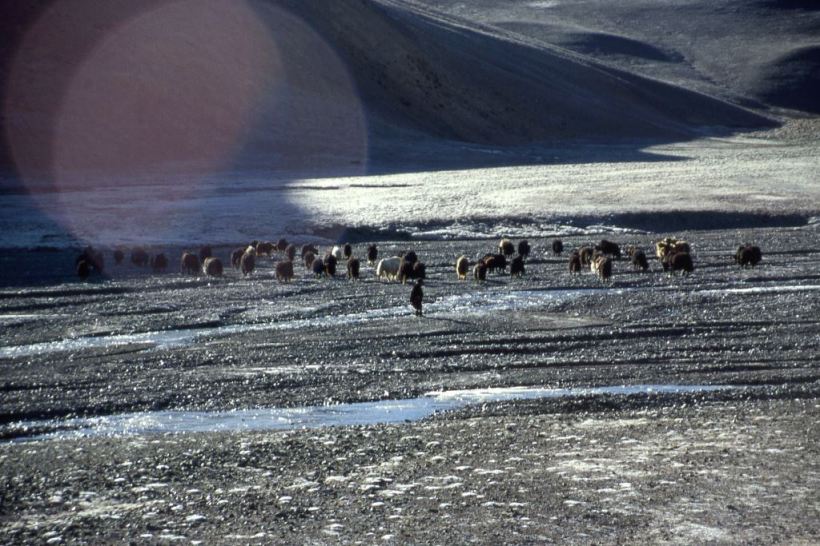My (somewhat limited) experience teaching anthropology (particularly ecological anthropology) has left me somewhat flabbergasted as to what is taught at universities about science.
Continue reading “Anthropology, science and the challenge of subjectivity”
